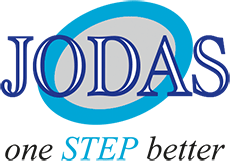
Spinal Muscular Atrophy (SMA) is a genetic disorder causing muscle weakness and atrophy due to the degeneration of alpha motor neurons in the spinal cord. SMA is a major cause of hereditary mortality globally, with carriers estimated to be 1/40–1/60. Assistive equipment include, adaptive strollers, wheelchairs, and support devices. Target therapies like Nusinersen, Risidiplam, and Onasemnogene abeparvovec target the underlying disease mechanism and may prevent or slow SMA progression. Risdiplam compensates for the loss of SMN2 function in SMA patients, while Onasemnogene abeparvovec is a gene therapy that delivers a functional copy of the human survival motor neuron gene to patients, showing significant improvement in developmental motor milestones. Nusinersen is an antisense oligonucleotide (ASO) used to treat 5q Spinal Muscular Atrophy (5q SMA). It alters SMN2 gene splicing to increase SMN protein synthesis, correcting the disease’s underlying cause. Nusinersen helps produce full-length (100%) SMN protein essential for motor neuron function. Palliative, supportive, and rehabilitative treatment for SMA includes orthopaedic care, dietary assistance, end-of-life care, and pulmonary management, with severity varying based on disease type. The numerous therapy approaches to treat and assist people with SMA are the main topic of this blog.



